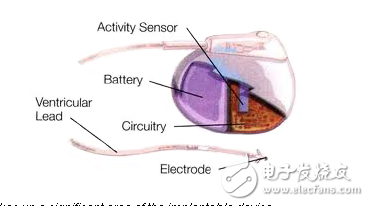
资料下载

更小,更聪明,Ultra Low Power传感器提高了医用植入物能量收集的潜力
更小,更聪明,Ultra Low Power传感器提高了医用植入物能量收集的潜力
在医用植入物领域,能量收集长期以来被认为具有相当大的潜力,人体本身就是提供能量的来源。已经取得了一些进展,但随着今天的超低功耗电路和传感器,开发利用能源的努力正在加速。最后实现了自主操作的目标,实现了更小、无电池的设计。
本文将介绍一些先进的研究项目,以说明能量收集的潜力,不仅在医疗植入领域,而且在其他领域。我们将回顾一些现有的组件,有可能利用人体能源为医疗设备提供动力。
这些组件包括压电薄膜传感器,如可从测量专业;微小的薄膜,固态电池Cymbet,和RF收发器从德克萨斯仪器。

Battery-free
The principle criticism of energy harvesting for many applications in the past has been the low levels of energy generated through all but solar cells. However, significant advances in extremely-low-power, ultra-miniature electronics, including RF circuitry and wireless sensors, are generating strong interest in energy harvesting for medical implants. When batteries can be eliminated, or their life extended significantly, then implants will become smaller, more convenient, more reliable, longer lasting, and more effective.
As developers continue to push the boundaries of miniaturization and ultra-low-power operation, some inroads have already been made to develop implants that benefit from energy-harvesting techniques, both from internal and external sources.
Cardiac pacemakers, powered by piezoelectric energy harvested from the heartbeat itself, are now viable. A European consortium of researchers, led by CEA-Leti in France, is developing a low-power cardiac pacemaker, operating at 5 µW instead of 25 µW, powered by energy generated by the patient’s heartbeats. Eliminating the battery avoids having to replace it every five to ten years. It also means the device can be made smaller (see Figure 1)。
声明:本文内容及配图由入驻作者撰写或者入驻合作网站授权转载。文章观点仅代表作者本人,不代表电子发烧友网立场。文章及其配图仅供工程师学习之用,如有内容侵权或者其他违规问题,请联系本站处理。 举报投诉
- 相关下载
- 相关文章






